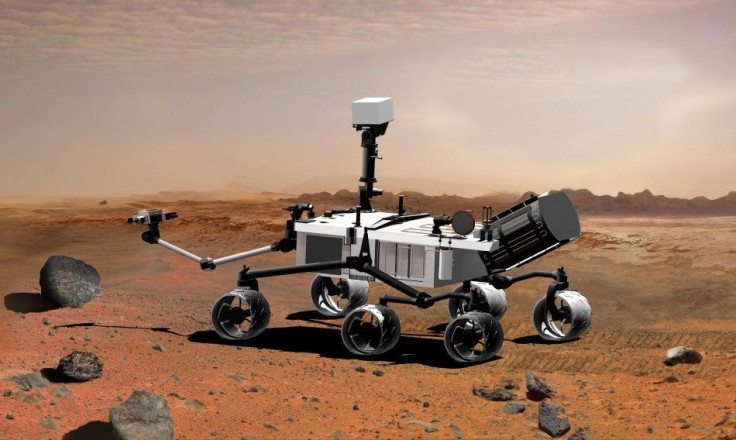Mars for sale! NASA draws up plan to 'colonize' red planet with corporate help

Researchers at NASA have drawn up a plan to make the greatest adventure in the history of the human race possible - sending a human mission to the red planet and, hold your breath, colonize it!
And the daring act of selling and carving up the red planet will be made possible with the help of corporate bigwigs who will paint the space ships in their logo colors.
NASA scientists have said in a research paper that corporate financing is the right way to support a $160-billion project to take human beings to Mars and start a colony there, according to space.com.
Joel Levine, a senior research scientist at NASA Langley Research Center, calls is a revolutionary business proposal as it removes budgetary bottlenecks that have diluted the Mars mission's focus over the years.
And there is more music to the ear: The researchers say the project will generate as many as 500,000 jobs in the U.S. over 10 years in aerospace and manufacturing sectors.
The researchers discussed the plan in the book, The Human Mission to Mars: Colonizing the Red Planet, which was published in December.
HOW IT WORKS
Corporates could dole out funds for the project in lieu of broadcast rights, merchandize license and various other means of sponsorship.
Perhaps even selling the mineral and land rights on Mars could generate money.
Levine says they have made a comprehensive plan. The plan covers every aspect of a journey to the Red Planet — the design of the spacecrafts, medical health and psychological issues, the establishment of a Mars base, colonization, and a revolutionary business proposal to overcome the major budgetary obstacles which have prevented the U.S. from sending astronauts to Mars, Levine is quoted in the article.
The researchers say a whole lot of practical issues will have to be sorted out to make the colonization real and working. These include procedures to decide who can hold rights to the mineral assets in Mars and other issues like what activities can be taken up in the red planet. They favor setting up an international organization to govern a whole lot of tricky details.
ONE-WAY COLONIZATION
There were reports in 2009 that scientists proposed a one-way space voyage scheme for colonizing Mars. In an article titled To Boldly Go which was published in the Journal of Cosmology, two scientists argued that the Mars colonization project will work if people just traveled there with no intention to return, like the way the first settlers who came to North America did.
Dirk Schulze-Makuch, a Washington State University professor and Paul Davies, a physicist at Arizona State University, said Mars colonization would be a reasonable hedge against likely catastrophes on earth, AP had reported.
The scientists believed that the one-way trip could begin in two decades.
SOME HISTORY
The exploration of Mars has been an important part of the space exploration programs of the Soviet Union, the United States, Europe, and Japan, says a Wikipedia entry. Of 38 launches from Earth in an attempt to reach the planet, only 19 succeeded, a success rate of 50%. Twelve of the missions included attempts to land on the surface, but only seven transmitted data after landing.
The U.S. NASA Mars exploration program has had a somewhat better record of success in Mars exploration, achieving success in 13 out of 20 missions launched (a 65% success rate), and succeeding in six out of seven (an 86% success rate) of the launches of Mars landers, it says.
© Copyright IBTimes 2025. All rights reserved.





















